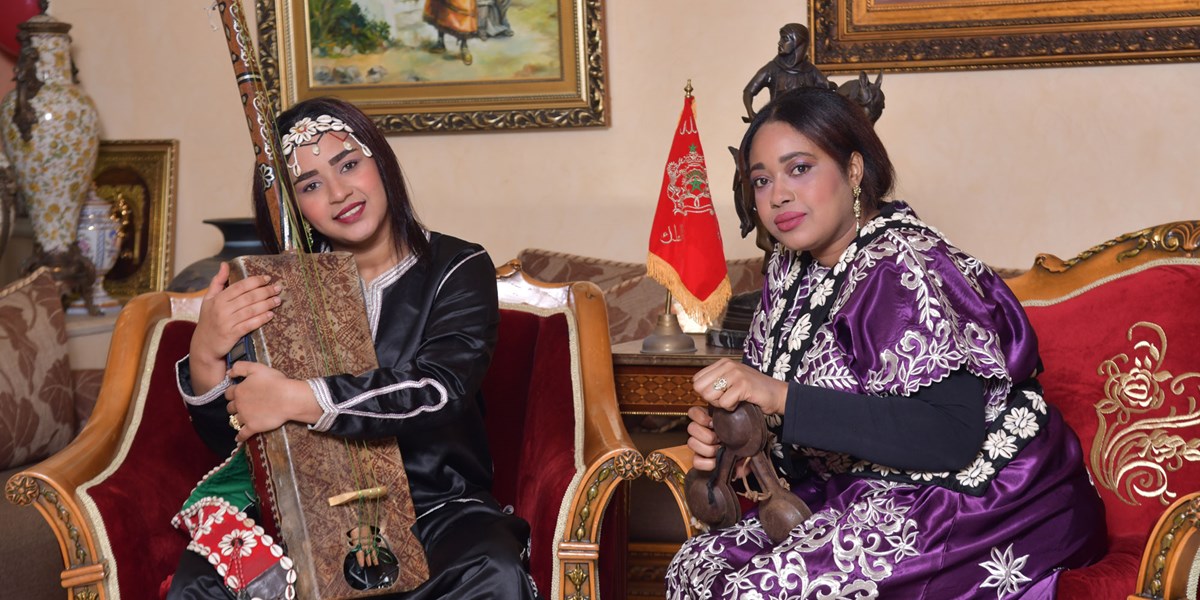Wednesday, March 6, 2024
Morocco's female Gnawa ambassador Asmâa Hamzaoui
By Jo Frost
Jo Frost speaks to trailblazing Moroccan musician Asmâa Hamzaoui and her sister Aicha about Gnawa traditions that have been passed down through generations, and the need for women to express themselves in their culture

Asmâa and Aicha Hamzaoui (photo: Wael Ben Abbou)

Register now to continue reading

Thanks for visiting the Songlines website, your guide to an extraordinary world of music and culture. Sign up for a free account now to enjoy:
- Free access to 2 subscriber-only articles and album reviews every month
- Unlimited access to our news and awards pages
- Our regular email newsletters

